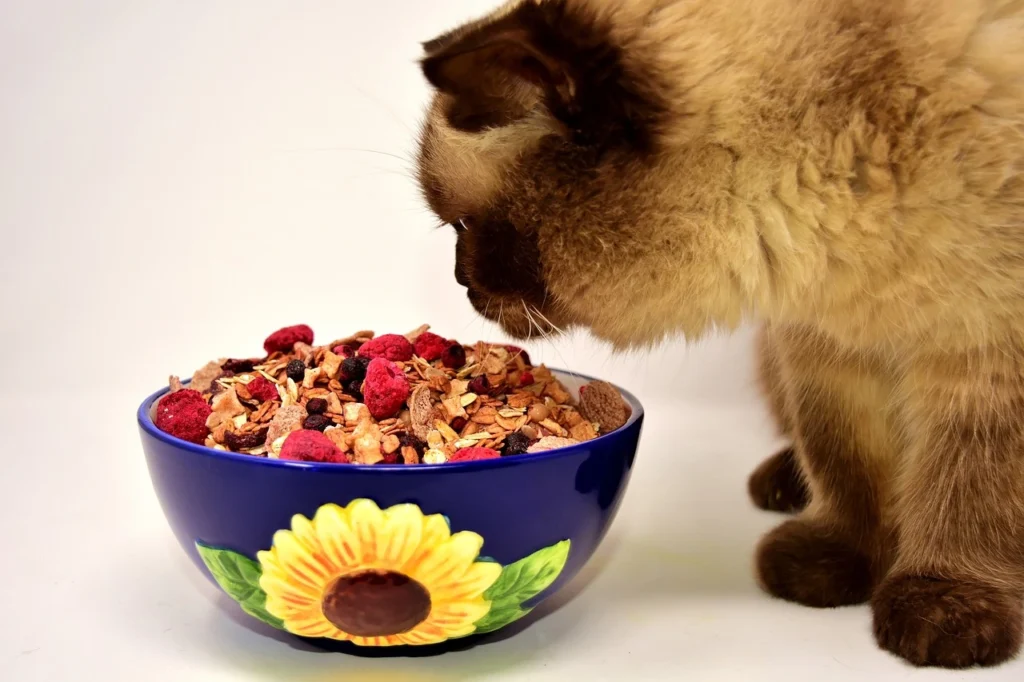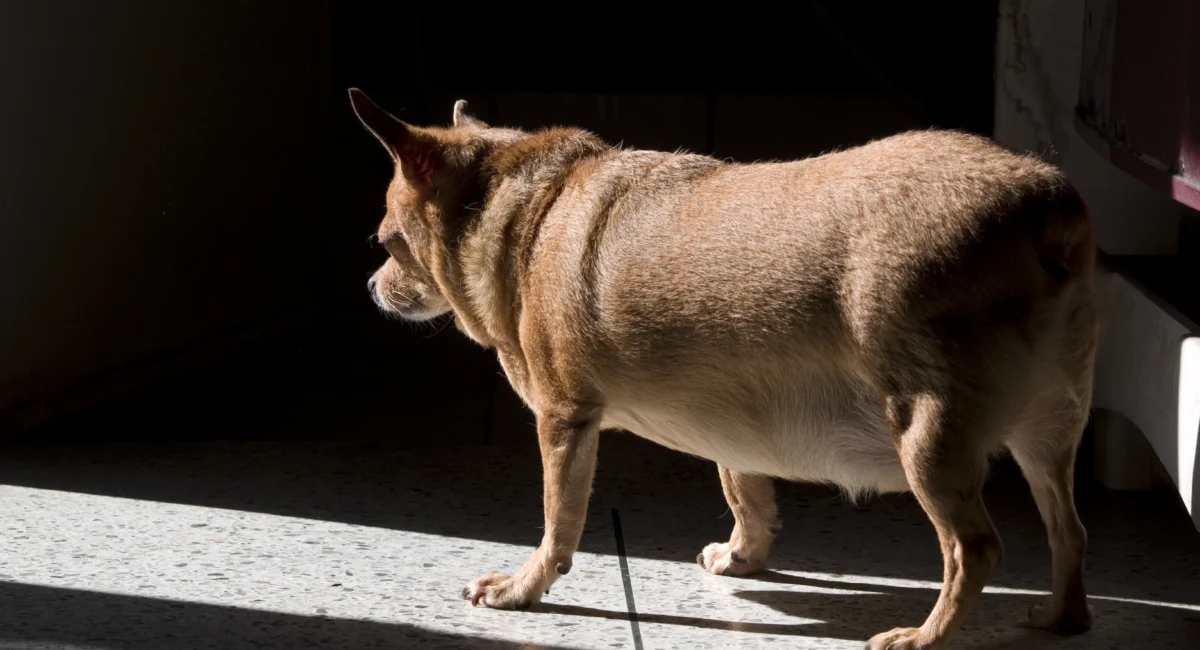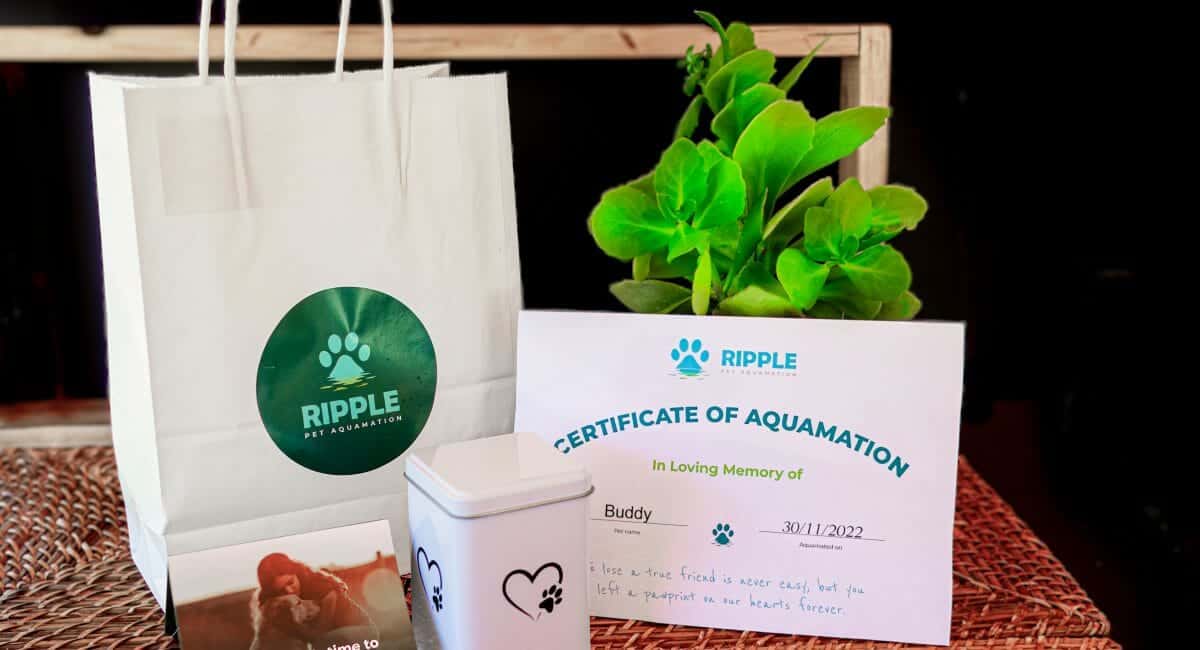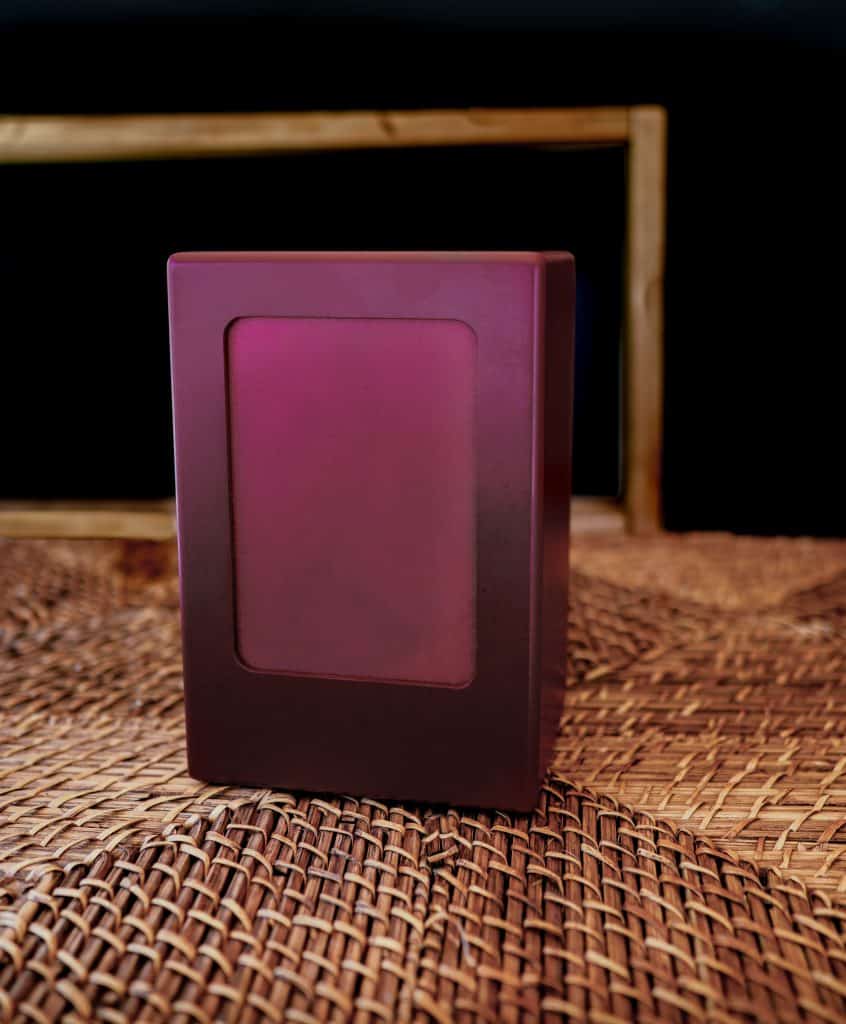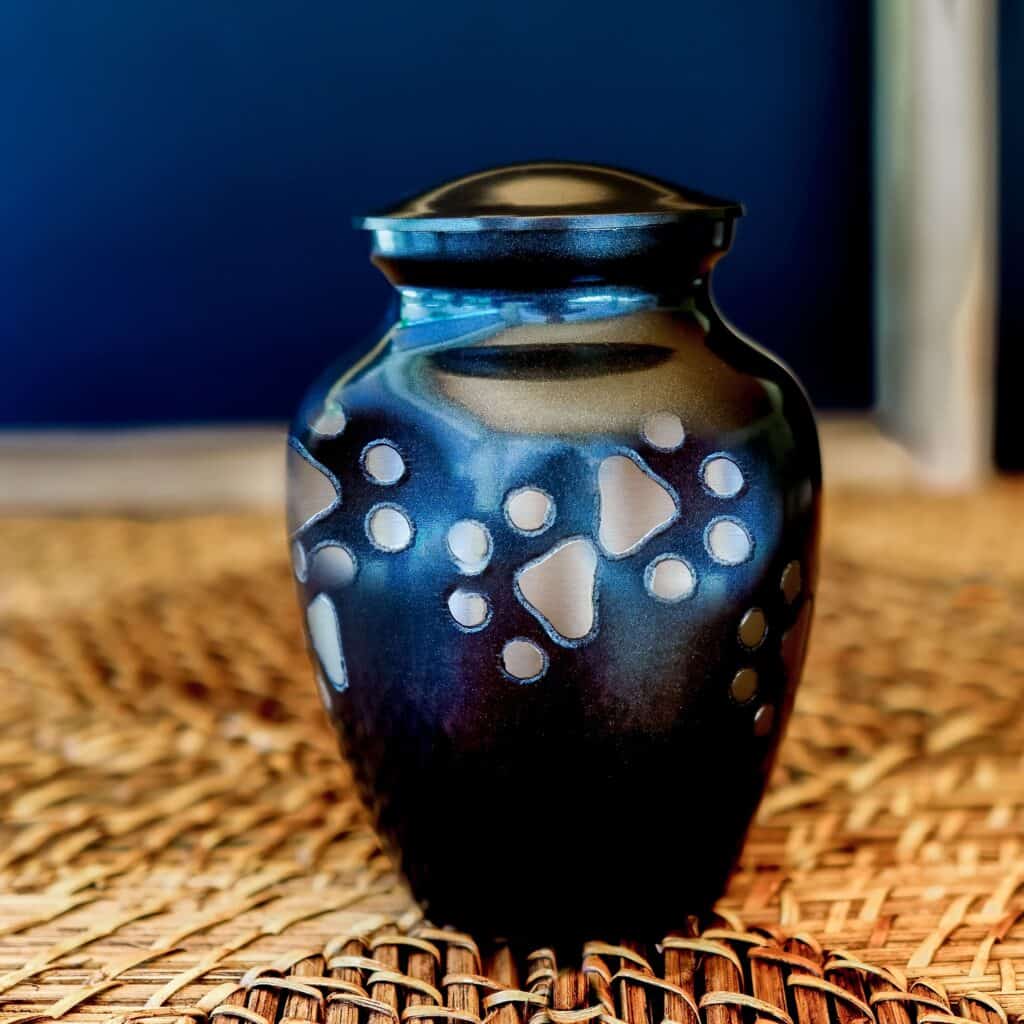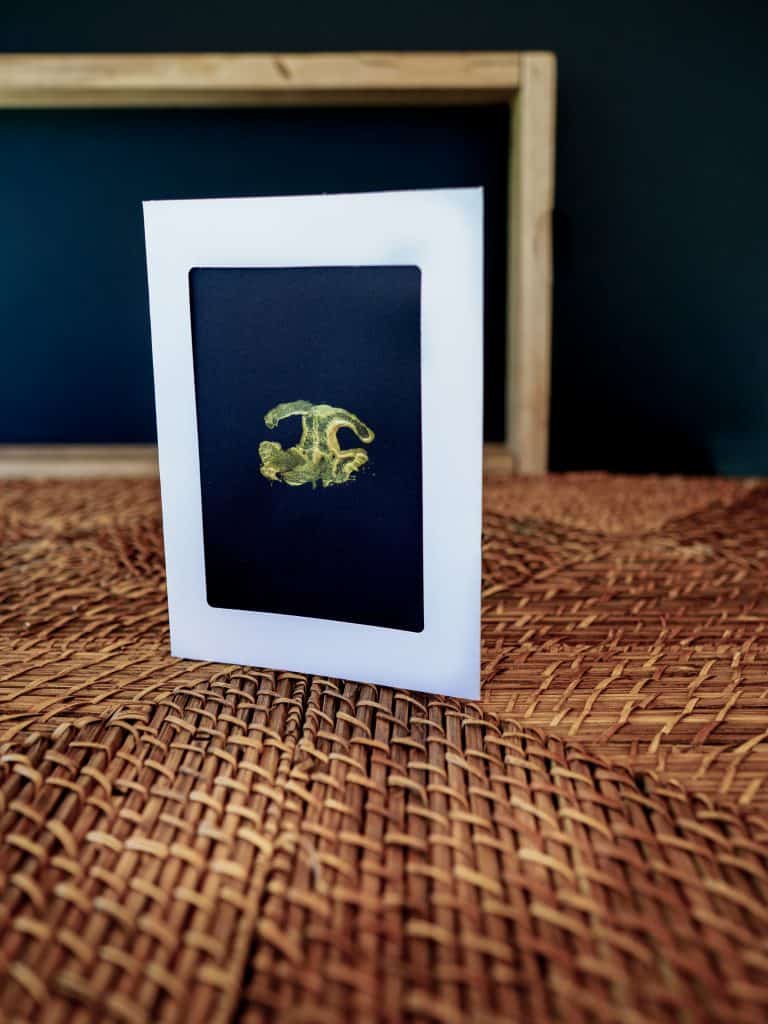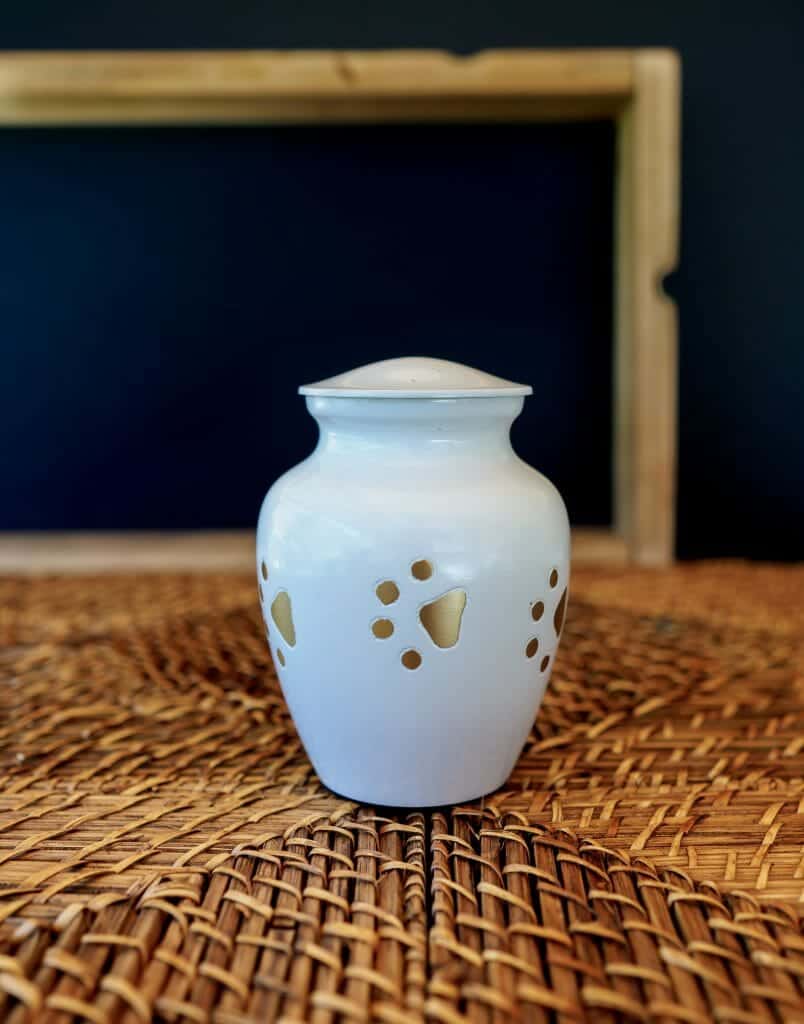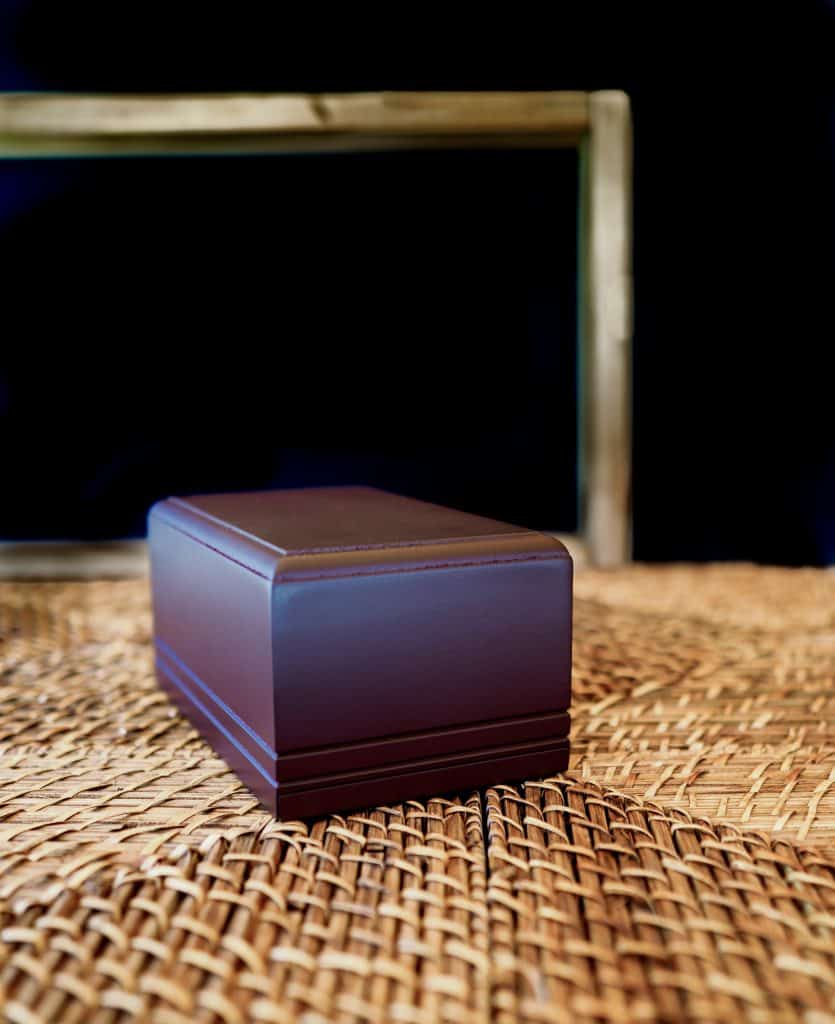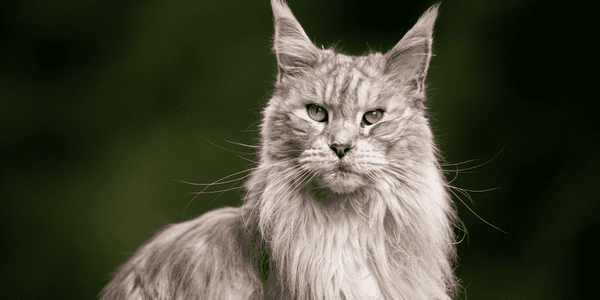Pet adoption in Perth may be a good option if you’re looking to add a new furry buddy to your household. Giving a homeless animal in Perth a second opportunity at a happy life through adoption is gratifying and responsible. Additionally, by pet adoption in Perth, you may contribute to a decrease in the quantity of unwanted animals that are found in shelters or on the streets of Perth.
Pet adoption is a serious decision that should not be rushed. You must be ready for the time commitment, expenses, and difficulties that come with pet ownership. Finding a pet that fits your lifestyle, personality, and preferences is also important.
In order to proceed with the pet adoption journey, the following are some tips and resources that you can use:
Find a reputable pet adoption center
If you are an animal lover who lives in Perth, Perth is home to a sizable number of animal
shelters and rescue organizations that provide pet adoption services. If you are ready to
adopt a pet from a pet adoption center in Perth, here are some of the options that you can
consider. You can also browse their websites or visit their pet adoption centers to meet them
in person. Moreover, you can apply to become a foster care or a volunteer for the
organization.
WA Pet Project
completely foster-based, which means that the adoptable pets are kept in
homes with loving families until they find their forever homes.
Desperate for Love Dog Pound Rescue
Desperate for Love Dog Pound Rescue is a dog rescue organization that is based in
Perth. It is a donor-funded organization and also with volunteers. It rescues dogs from
pounds and other situations where they are in danger of being put down. It places them in
foster homes until they are adopted.
Perth Rescue Angels
Perth Rescue Angels is also run by volunteers and funded by donations. It rescues cats
and other small animals from pounds, colonies, and other situations where they are at risk of
harm or neglect.
RSPCA WA
RSPCA WA is the Western Australian branch of the Royal Society for the Prevention of
Cruelty to Animals (RSPCA), which is Australia’s leading animal welfare organization. It
operates an animal shelter in Malaga, where it houses dogs, cats, and other animals that are
surrendered, rescued, or seized by inspectors. It also runs an adoption program where you
can find your new pet.
These are some few examples for pet adoption centers in Perth, Australia. Many more options are available online and offline. No matter which adoption center is chosen, you will be doing a good deed by giving a homeless animal a chance of happiness.
Follow the adoption process.

Each pet adoption center has its own rules and application process. You could be required to submit an application form, evidence of your identification and residence, a cost for the pet adoption, and a contract for the pet adoption. Before confirming the adoption, some pet adoption centers might also do a home visit, a vet check, or a trial period. On the website of the center of your choosing, you may discover more about the specific procedures and requirements needed for pet adoption in Perth. It requires any person keeping a pet shop to be licensed by the local council. It also regulates the conditions and standards of animal accommodation, health, and care.
Familiarize with pet adoption Act
If you have the need to adopt a pet in Perth, you must get to know the pet adoption act. It is the legislation that regulates the sale and supply of animals as pets in Western Australia. It prevents irresponsible breeding, welfare of the animals and trading practices.
The pet adoption act applies to pet shops, breeders, and online sellers of pets. A pet shop license is valid for one year and can be renewed annually. The license holder must comply with the conditions and standards of animal accommodation, health, and care prescribed by the regulations.
If you are adopting a pet from a source other than a registered pet adoption center, you should make sure that they comply with the pet adoption act and provide you with relevant information and documents about the animal. These include:
The name and address of the seller or supplier
The date of birth, breed, sex, and microchip number of the animal
The vaccination record and medical history of the animal
The sterilization status of the animal
The name and address of the veterinarian who treated or examined the animal
The address and name of the person who bred the animal
The name and address of the person who owns the parents of the animal
A receipt for the payment or donation made for the animal
A copy of the pet shop license, if applicable
Before selling or providing the pet, the seller must make sure it has been sterilized, microchipped, and vaccinated. Additionally, any change in the animal’s ownership or address must be reported by the seller or supplier to the microchip register within seven days. Officers, such as inspectors from the Department of Primary Industries and Regional Development (DPIRD), are authorized to enforce the pet adoption act’s laws and rules. Additionally, it grants authority to check animal records, issue violation notifications, and/or prosecute breaches of the act or rules..
Get a pet adoption certificate.
A pet adoption certificate is a document that certifies that you have adopted a pet from a certain center or organization. Pet adoption certificate contains your name, the pet’s name, the pet adoption date, and the signature of the authorized person. Other details, such as the pet’s breed, age, gender, microchip number, vaccination record, and medical history also can be included.
A pet adoption certificate is more than just a lovely souvenir; it also serves as confirmation of ownership and identity for your pet. You can either make one yourself or obtain one from the facility where you adopt your pet. Because it has your pet’s microchip number and other details, it can also aid in locating your pet if it is stolen or misplaced.
Your pet adoption certificate can be used to register your pet with the neighborhood council, update your pet’s microchip information, or apply for any discounts or benefits offered to adopted pets. A pet adoption certificate can also be used as a keepsake and a lovely reminder of the day you acquired your pet and the happiness it brought into your life.
If you did not receive a pet adoption certificate when you adopted your pet, or if you lost or damaged it, you can contact the center where you adopted your pet and request a new one.
Help your new pet feel at home.
As soon as you bring your new pet home following the adoption, you must make sure that they are secure and at ease in their surroundings. You must give them access to enough food, drink, shelter, clothing, toys, and grooming products. They should be progressively introduced to visitors, pets, and other family members. They should be socialized with both people and other animals while being trained with patience and positive reinforcement. Additionally, you should frequently take them to the vet for checkups and immunizations.
An excellent approach for enhancing your life while also improving the lives of an animal is to adopt a pet in Perth. You can discover your ideal match and develop a strong relationship with your new buddy by using the advice and tools in this article. Make sure they comply with the law and give you all the necessary information and documentation about your new animal friend if you are adopting a pet from a source other than a registered pet adoption center, such as WA Pet Project, Desperate for Love Dog Pound Rescue, or RSPCA WA.



